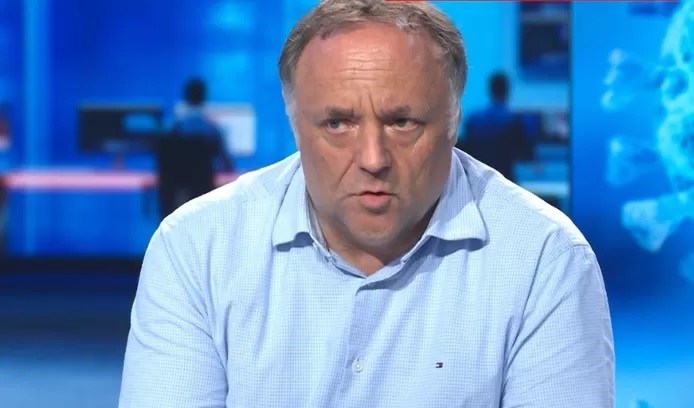A new peak of cases of Covid-19 could be only a month away, given the current situation of the epidemic in Belgium, according to virologist Professor Marc Van Ranst.
Today we report that the recent downward trend in new infections has stopped, although other indicators such as hospital admissions and deaths continue to go down. The number of new cases now stands at an average of just over 85 a day, up from a low of 81 last week.
Speaking in an interview with De Morgen, Van Ranst warned that the number, though much lower than the 2,000 or so a day at the height of the epidemic, was still too high.
“I still think that is a very high figure. Despite all the measures, despite all the things we know about this virus, we are still having 85 new cases being added. That's 85 new people on top of yesterday's 85. And they can each infect other people for about five days.”
The halt in the downward trend of new cases is, he said, “annoying,” although it is not certain many people really remember when the daily figure was in the thousands. The curve of the disease’s progress in Belgium show two things, he said.
“One: we are in the tail end of the epidemic. But two: when you’re at this stage of the epidemic, you can be misled into forgetting that it would only take a good month and we could be at a new peak.”
The lesson: the rules still have to be followed: limited contacts, social distancing, hand hygiene, mask wearing in public.
Meanwhile some places, a town in Germany, a town in Catalonia, Leicester in England, Melbourne in Australia, have seen a full-scale return to lockdown. In Belgium, at the same time, the government waves people off on holiday to foreign climes, just days after the swimming pools here reopened.
Should the measures then be strengthened instead of relaxed?
“That is a difficult question to answer. They just have to be right and adapted to the circumstances. Of course we want to live as normally as possible. Everyone wants to sit on a terrace. But there is no room for thinking, ‘This is over, the virus is gone’. Right now we have to admit that part of the population thinks that way,” explained Van Ranst.
Part of the population that includes the Black Lives Matters demonstrators who gathered in their thousands; the party-goers at Flagey and Anderlecht who drank and danced in the streets with not a safety measure in sight; the crowds of Dutch tourists in the centre of Knokke-Heist running riot this past weekend.
Those examples, he said, are not a direct cause of the flattening of the infection numbers, but they are a sign.
“Those demonstrations and the Flagey incident are snapshots that make it very visually clear to the population: ‘If that’s allowed, we’re allowed too,’ he said.
“From that moment on, it is difficult to get people invested in the story that a barbecue with 30 people is not allowed. Everyone thinks, ‘I will organise things safely’. But when 11 million people think that, you get a curve that stabilises at a high level.”
Is there an ideal number where the curve should stabilise? The interview concludes.
“If you had asked me that a few months ago, I would have said ten times less than what we have now. But it is what it is. We will see.”
Alan Hope
The Brussels Times

